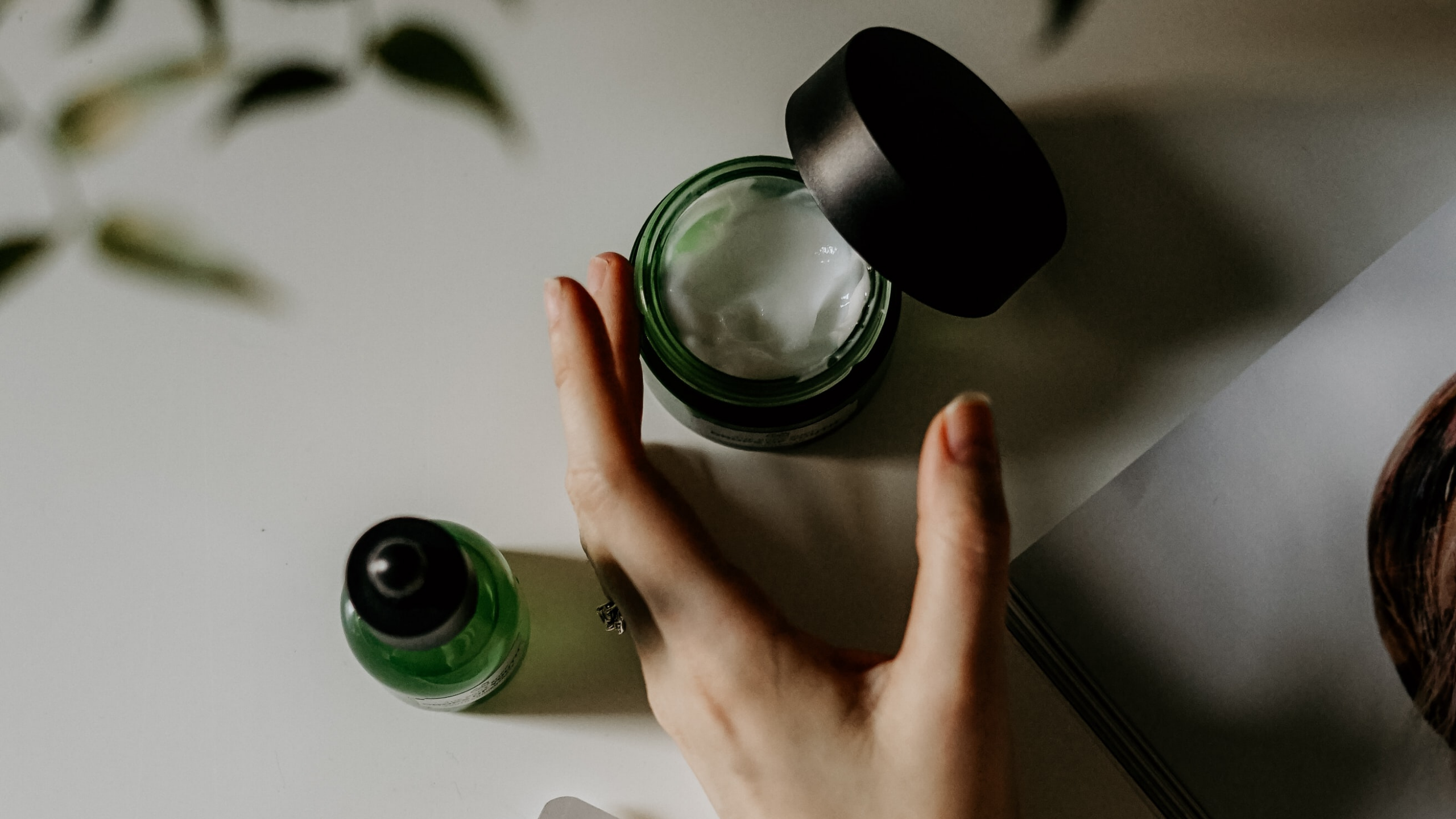The current epidemic situation around the world has prompted people to use skin sanitizing products more often than usual. At the beginning of the pandemic, new hand sanitizers, supposed to limit the spreading of the virus, appeared every day. Now on the shelves of beauty supply stores you can find a plethora of products with antibacterial properties. But depending on the presentation and on the markings on packaging, those preparations may fall into the category of cosmetics or biocidal products.
According to the definition of a cosmetic product in Regulation (EC) No. 1223/2009, it is “any substance or mixture intended to be placed in contact with the external parts of the human body (epidermis, hair system, nails, lips and external genital organs) or with the teeth and the mucous membranes of the oral cavity with a view exclusively or mainly to cleaning them, perfuming them, changing their appearance, protecting them, keeping them in good condition or correcting body odors”. This suggests that antibacterial properties cannot be the primary function of the product. In a situation where the product is intended to, above all, kill microorganisms on the surface of the skin, you’re dealing with a biocidal product.
So how do I distinguish between products in these two categories?
For a product to be classified as a cosmetic, its primary function must be to cleanse, refresh, keep the skin clean, care for it – as per the definition above. Such products exist on the market and may be called cleansing antibacterial soap or refreshing antibacterial wipes. Claims such as “kills 99% of bacteria and viruses” or “disinfects” are against the law because they’re allowed only for biocidal products.
It is biocidal products that can claim killing microorganisms or disinfecting. What’s more, and as is often the case, they can be applied not only to skin but also to various inanimate surfaces. Another difference between a cosmetic and a biocidal product is the way in which ingredients contained in the product are described. On a cosmetic, ingredients are described using the International Nomenclature of Cosmetic Ingredients (INCI) in accordance with the applicable Regulation, whereas a biocidal product’s packaging lists only the active substances. An important element on a biocidal product’s packaging is the biocidal product marketing authorization number.
Most commonly available skin cleansing products (cosmetics and biocidal preparations) are based on ethyl alcohol or isopropyl alcohol at a concentration of over 60% but no more than 80% (according to WHO recommendations). This range is recommended due to the fact that denaturation of bacterial and viral proteins happens most efficiently in the presence of water – contrary to what it may seem, pure ethyl alcohol is less effective. Apart from alcohol, the following may be used: chlorhexidine, quaternary ammonium compounds, and triclosan. These are substances that can be used as preservatives but also act as disinfectants on the skin surface.






